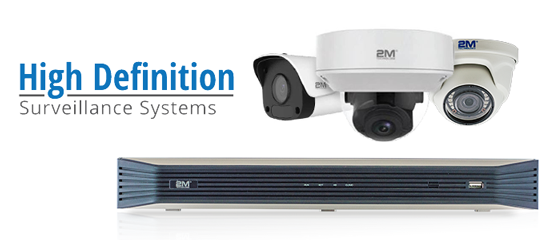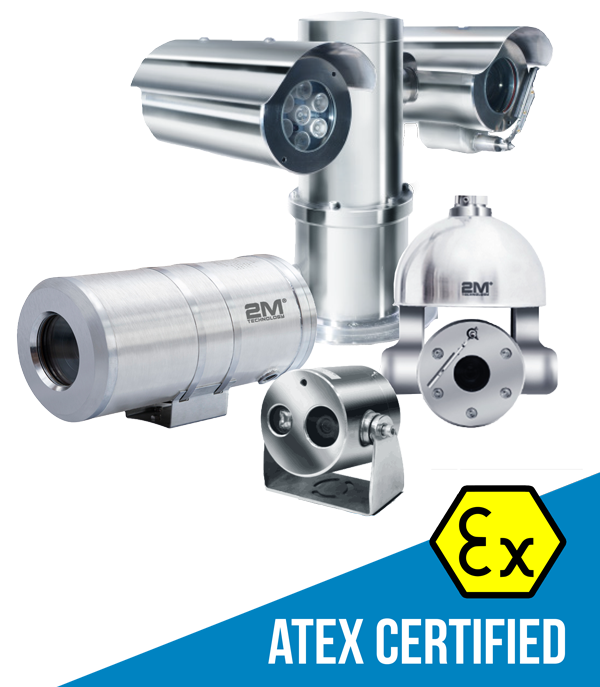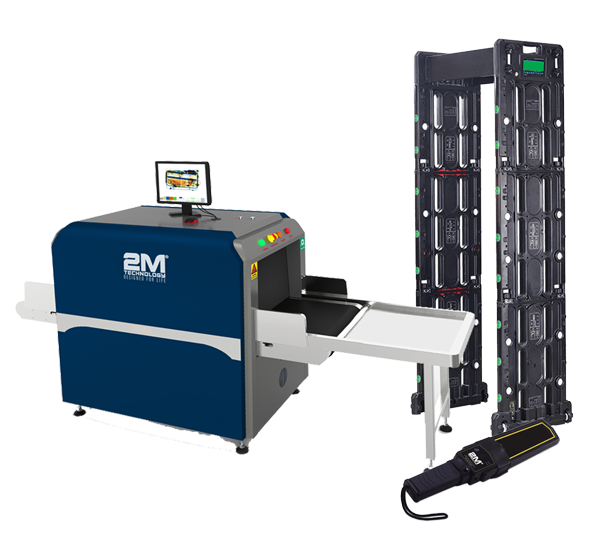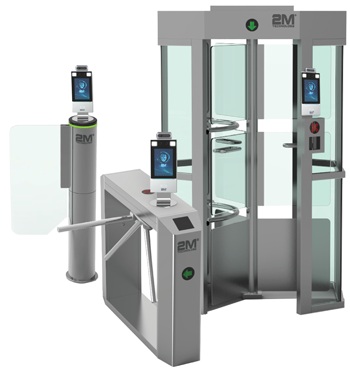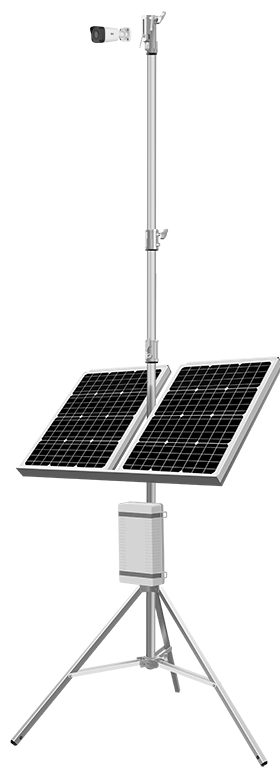Why thermal cameras are necessary
Because of how contagious the novel coronavirus is, institutions all around the world had to close down to avoid a catastrophe of epic proportions. Since asymptomatic carriers could transmit the virus onto other people, it was never safe for employers to make their employees continue to work as institutions were not equipped to scan probably infected individuals. However, with the workforce opening up after the lockdown, employers are realizing that it is important to scan their employees before they get back to work so that there is no risk of the virus spreading. One efficient way of doing that which has been approved by the Centers for Disease Control and Prevention (CDC) and the Equal Employment Opportunity Commission (EEOC) is by measuring the temperature of employees and the customers via thermal scanners. Since they are one of the most efficient ways of learning if someone might potentially be infected, it is in the best interest of both employees and customers for institutions to set up thermal camera systems.

Safe Screening Process Procedures
- The location has to be easily accessible and there has to be enough space so that employees and visitors can safely maintain their distance.
- Screening lanes should be created based on the number of employees and the expected number of visitors and customers.
- The screening lanes should be set at least 6 feet apart from one another to maintain social distancing protocols.
- The first thing to ensure regarding devices would be to make certain that the temperature measuring devices work correctly and function as expected.
- It is crucial to make sure that there is an ample amount of alcohol sanitizing wipes, hand sanitizers, and gloves for the area so that safety can be maintained.
Considerations for the screening process
- It is crucial to make sure that the manufacturers’ instructions are followed with regards to the kind of thermometer that is used.
- When an employee or a visitor is scanned, names can not be documented as that is considered private information.
- Mandatory procedures:
- Step 1: Permissions
- The individuals must be asked permission before they are scanned.
- If an employee refuses to be scanned, entry to the building may not be permitted.
- Step 2: Scanning
- The scanning procedure should be carried out exactly according to the instructions of the manufacturer.
- Step 3: Reaching a conclusion
- If the temperature recorded is lower than 100.4 degrees Fahrenheit, the employee does not have a fever and can safely leave the scanning area.
- If the recorded temperature is higher than 100.4 degrees Fahrenheit, the supervisor has to be notified and the individual should not be allowed to enter the workspace.
- The temperature readings mustn’t be read aloud.
- Step 1: Permissions
- The thermal camera scanner usually needs 15 minutes to set up before the first scan takes place. The duration might vary based on the manufacturer.
- If the thermometer is to be manually used, it should be held two to three inches from the forehead of the employee or the customer.
- If for some reason, the thermometer touches the forehead of the employee or the customer, the thermometer should be cleaned with an alcohol-based wipe.
- If the thermometer reading is unusually low, it could mean that the scan was not done properly and the employee or the customer may not need to pull their hair back or remove their glasses or hat.
